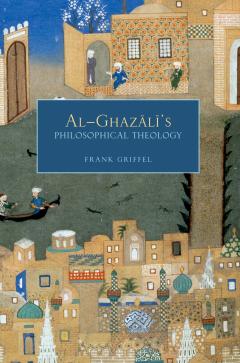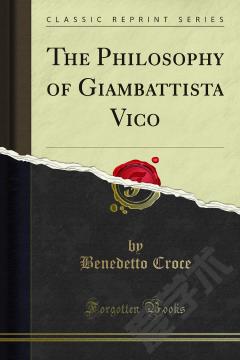The Philosophy of the Bhagavad-Gita
The Bhagavad-Gita is an oft-interpreted 700-verse piece of scripture that forms part of the Hindu religious epic Mahabharata. The Gita, as it is often referred to, dates back to between the fifth and the second century BCE, and is typically attributed to Sage Ved Vyasa.In the series of four lectures presented in this collection, scholar Subba Row presents his interpretation of the scripture. The first lecture serves more as an introduction, with Row highlighting the beginnings of what he refers to as cosmic evolution and outlining the four main principles of the solar system. In the second lecture, Row discusses some of the terminology that he uses throughout his examination of The Gita, clarifying areas where there is commonly debate. The third lecture is an examination of specific passages in the Gita, focused primarily on sections involving Parabrahman. The fourth and final lecture sees Row continue his analysis of specific chapters of The Gita, while pleading readers to continue their study of The Gita.While there are diverse interpretations of the Bhagavad-Gita, Subba Row's lecture series is an excellent contribution to the existing literature.
{{comment.content}}








 京公网安备 11010802027623号
京公网安备 11010802027623号